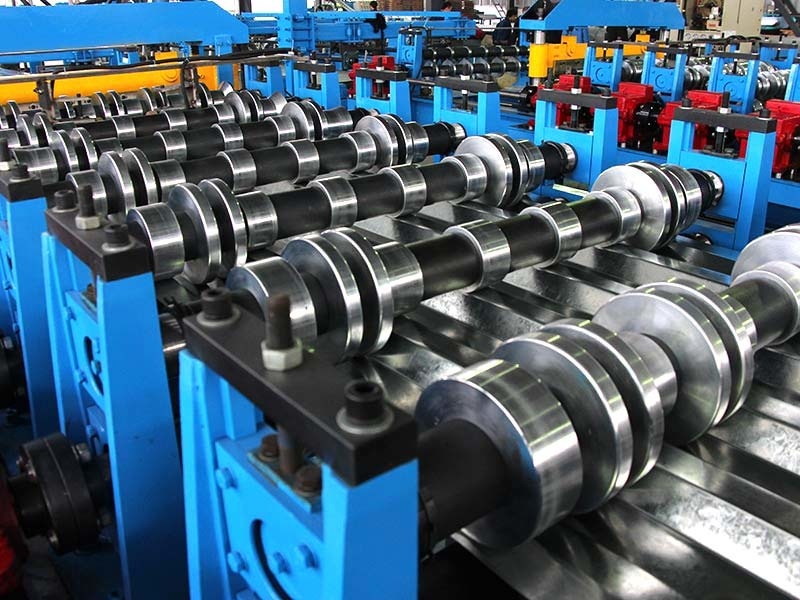Hotline
+86-136 8495 9862
Email:cennia@szmizhi.com
Add::104,Building 27,Third Industrial Zone, Longxi Community,Longgang District,Shenzhen,China.
Coil Forming & Handling Equipment
Surface Treatment Equipment
Solutions
Application
About Us

Welcome to MIZHI
For consultation/feedback, please call the service hotline: +86-136 8495 9862 Email:cennia@szmizhi.com

The Development of Automated Roll Forming Systems

The development of automated roll forming systems is a significant trend in the roll forming machine market, driven by the need for higher efficiency, precision, and cost-effectiveness. Here are the key insights and trends related to this development:
1. Growth of Automated Roll Forming Machines
Automated roll forming machines are expected to account for a significant share of the market, driven by continuous innovations that enhance production efficiency and precision. By 2025, the automatic roll forming machines segment is projected to hold 45.8% of the market share. This growth is attributed to the ability of automated systems to minimize human intervention, resulting in higher production output and improved quality control.
2. Advantages of Automation
Increased Productivity: Automated roll forming machines offer higher throughput and consistency compared to manual machines.
Enhanced Precision: These machines can handle complex profiles and alloys with greater accuracy, thanks to integrated smart sensors, electric drives, PLC controllers, and customized software.
Reduced Labor Costs: Automation reduces the need for manual labor, making the process more cost-effective.
3. Integration with Advanced Technologies
Modern automated roll forming systems are increasingly integrated with Industry 4.0 technologies such as IoT, AI, and predictive analytic. These technologies enable real-time monitoring, remote diagnostics, and predictive maintenance, optimizing production efficiency and minimizing downtime.
4. Market Drivers
Increasing Demand for High-Strength Components: The growing need for lightweight, high-strength metal components in industries like automotive and construction is driving the adoption of automated roll forming machines.
Infrastructure Development: Expanding construction activities and infrastructure projects worldwide are fueling demand for roll forming machines.
Technological Advancements: Innovations in materials and manufacturing technologies are enabling the production of more complex and durable components.
5. Challenges
High Initial Investment Costs: The high upfront costs associated with automated roll forming machines can be a barrier for small and medium-sized enterprises.
Skilled Labor Requirements: Operating and maintaining advanced machines require specialized expertise, which can be a challenge in regions with labor shortages.
6. Future Outlook
The roll forming machine market is poised for sustained growth, driven by increasing industrial automation and the need for efficient manufacturing solutions. The adoption of automated systems is expected to continue rising, particularly in emerging markets where industrialization and infrastructure development are accelerating.
In summary, the development of automated roll forming systems is transforming the industry by enhancing productivity, precision, and efficiency. As manufacturers seek to meet growing demand and improve competitiveness, the adoption of automated roll forming machines is expected to play a crucial role in the market's future growth.